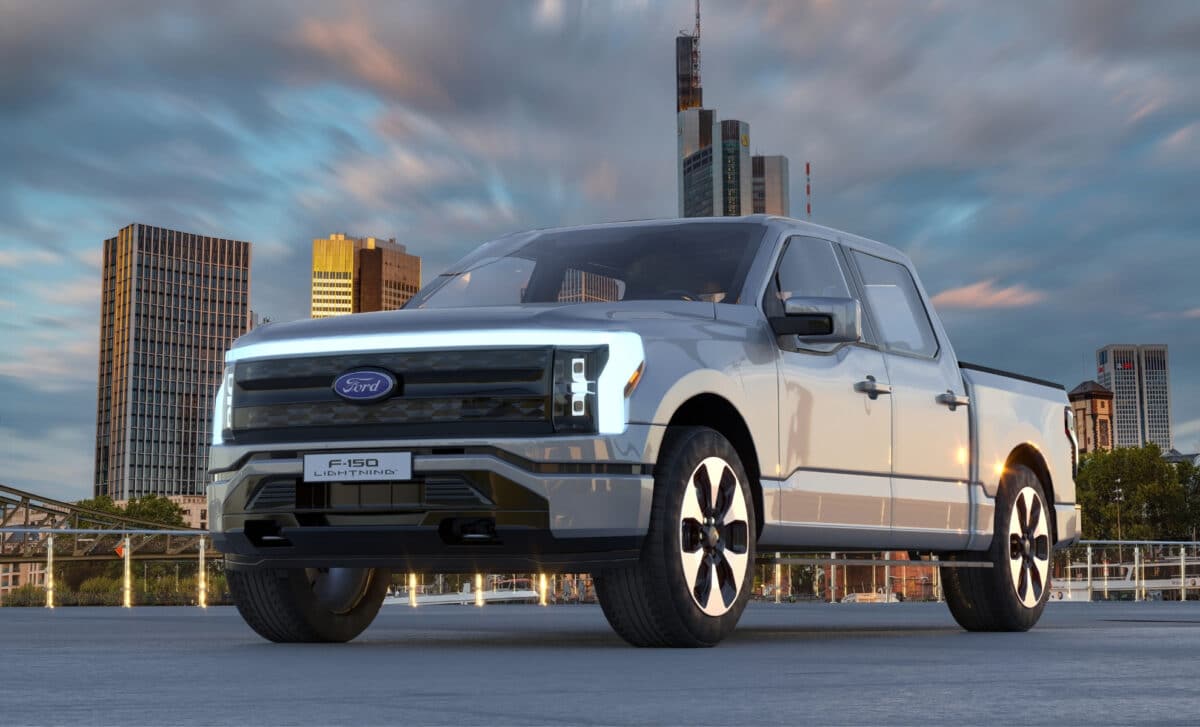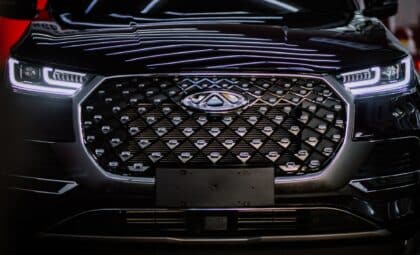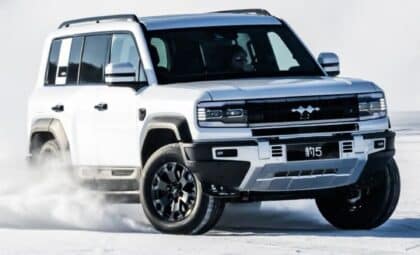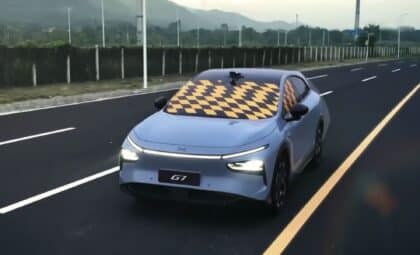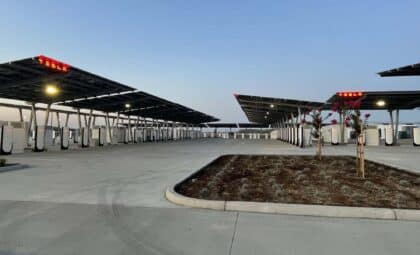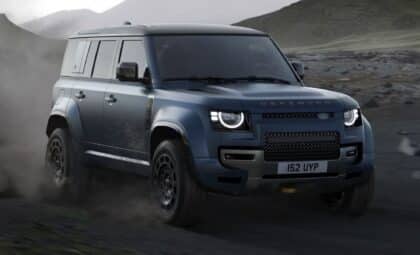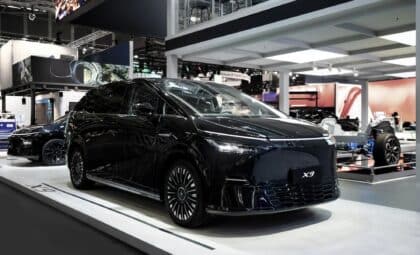Speaking at the Accelerate conference in Detroit, Ford CEO revealed that consumers are not as enthusiastic about pricey electric vehicles as Ford had initially hoped. Instead, the future of electrification at Ford might lie in a different direction: hybrids and extended-range electric vehicles (EREVs).
Ford’s recalibration of its EV strategy reflects not only the challenges faced by the automaker but also the evolving nature of consumer preferences in a rapidly changing automotive landscape. While Ford had originally bet on high-end EVs being the driving force behind its electric future, Farley’s candid remarks show that the reality is much more complicated. Farley emphasized that the company is now focused on adapting to market needs, acknowledging that the EV market will be “way smaller” than the company originally thought.
The High Cost of EVs: A Roadblock for Consumers
Farley’s comments shine a light on a crucial factor that has slowed EV adoption: cost. Despite the promise of a cleaner, more efficient driving experience, consumers are hesitant to spend large sums on electric vehicles, particularly when models are priced upwards of $75,000.
Farley admitted that Ford was “surprised” by this reluctance, noting that while customers find electric vehicles appealing, they are simply not willing to pay the steep prices attached to them. “They definitely surprised us,” Farley said. “Customers are not interested in a $75,000 electric vehicle. They find them interesting; they’re fast, they’re efficient. You don’t go to the gas station. But they’re expensive,” reports CarBuzz.
This revelation is a key moment for Ford, which had initially placed much of its faith in high-priced EVs to lead its electrification efforts. However, Farley’s admission that the market for such vehicles is smaller than anticipated underscores a challenge for the entire automotive industry, where high-end electric models have yet to generate the widespread consumer interest that many had expected. While large EVs may still have a place in the market, it’s clear that they are not the primary solution for mass adoption.
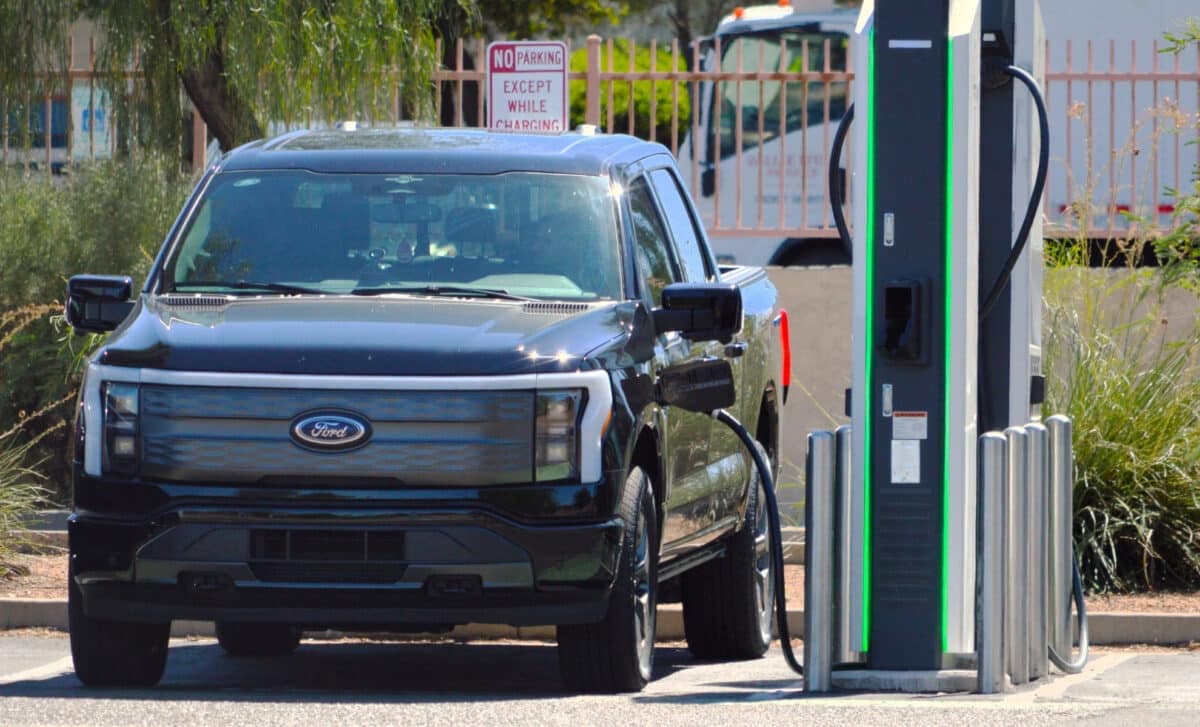
Smaller, More Affordable EVs Gain Traction
In response to the lukewarm reception of larger EVs, Ford is shifting its focus toward smaller, more affordable electric models. According to Farley, these vehicles, ideal for short urban and suburban commutes, do not require the massive batteries found in larger EVs, thus lowering production costs and the final price for consumers.
“What they are interested in,” Farley explained, “are smaller EVs aimed at urban and suburban life where commutes are relatively short. Such vehicles don’t need big batteries compared to large pickup trucks and SUVs, thus lowering the sticker price considerably.”
This move toward smaller, more budget-friendly electric vehicles is in line with what many analysts have predicted about the future of the EV market in the U.S. Farley noted that the EV market is unlikely to grow to the scale Ford had originally envisioned, estimating that it will account for just 5 to 7 percent of new vehicle sales. While he still sees a “vibrant” market for electric vehicles, Farley emphasized that the reality of widespread EV adoption in the U.S. is more limited than originally anticipated.
Ford’s Bet on Hybrids and EREVs
As Ford reorients its electrification strategy, Farley expressed confidence that hybrids and extended-range electric vehicles (EREVs) will play a key role in the company’s future success. Ford is betting that Americans will embrace these partial-electric solutions, which combine the benefits of an internal combustion engine with electric power. “We think hybrid, EV plug-in, E-Revs, those kind of partial electric solutions, America’s going to fall in love with,” Farley said.
At present, Ford offers hybrid powertrains in models like the Maverick and the F-150, with the F-150 hybrid proving particularly popular. Farley noted that the hybrid version of the F-150 has seen strong sales, despite Ford’s relatively limited hybrid offerings in the U.S. market.
However, the Escape, another hybrid vehicle, is set to end production in 2026, leaving the Maverick and F-150 as the only notable hybrid models in Ford’s U.S. lineup. This limited selection is something Ford aims to change as it pivots toward a more hybrid-focused lineup in the coming years.

